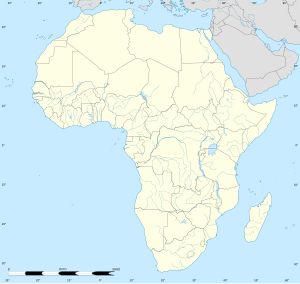
The Encyclopædia Britannica is a general knowledge English-language encyclopaedia. It has been published by Encyclopædia Britannica, Inc. since 1768, although the company has changed ownership seven times. The 2010 version of the 15th edition, which spans 32 volumes and 32,640 pages, was the last printed edition. Since 2016, it has been published exclusively as an online encyclopaedia.

Imam is an Islamic leadership position. For Sunni Muslims, Imam is most commonly used as the title of a prayer leader of a mosque. In this context, imams may lead Islamic prayers, serve as community leaders, and provide religious guidance. Thus for Sunnis, anyone can study the basic Islamic sciences and become an imam.
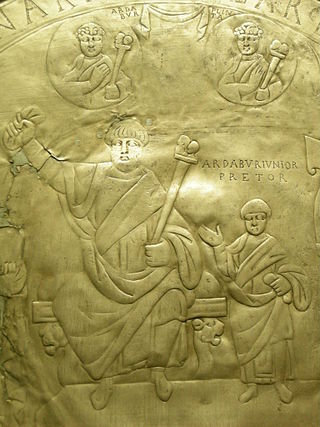
Flavius Ardabur Aspar was an Eastern Roman patrician and magister militum of Alanic-Gothic descent. As the general of a Germanic army in Roman service, Aspar exerted great influence on the Eastern Roman Emperors for half a century, from the 420s to his death in 471, through the reigns of Theodosius II, Marcian and Leo I, who, in the end, had him killed. His death led to the ending of the Germanic domination of Eastern Roman policy.
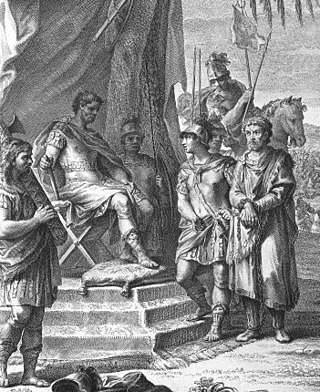
Jugurtha or Jugurthen was a king of Numidia. When the Numidian king Micipsa, who had adopted Jugurtha, died in 118 BC, Jugurtha and his two adoptive brothers, Hiempsal and Adherbal, succeeded him. Jugurtha arranged to have Hiempsal killed and, after a civil war, defeated and killed Adherbal in 112 BC.

Pan-African colours is a term that may refer to two different sets of colours:

Pieter Arnoldus "Piet" Cronjé was a South African Boer general during the Anglo-Boer Wars of 1880–1881 and 1899–1902.
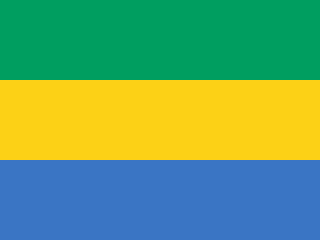
The flag of Gabon is a tricolour consisting of three horizontal green, yellow, and blue bands. Adopted in 1960 to replace the previous colonial flag containing the French Tricolour at the canton, it has been the flag of the Gabonese Republic since the country gained independence that year. The design of the present flag entailed the removal the Tricolour and the widening of the yellow stripe at the centre.
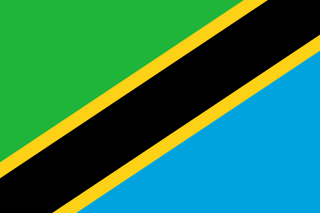
The national flag of Tanzania consists of a Gold-edged black bend, divided diagonally from the lower hoist-side corner, with a green upper triangle and light blue lower triangle. Adopted in 1964 to replace the individual flags of Tanganyika and Zanzibar, it has been the flag of the United Republic of Tanzania since the two states merged that year. The design of the present flag incorporates the elements from the two former flags. It is one of a relatively small number of national flags incorporating a diagonal line, with other examples including the DR Congo, Republic of the Congo, Namibia, Saint Kitts and Nevis, Trinidad and Tobago and Brunei.
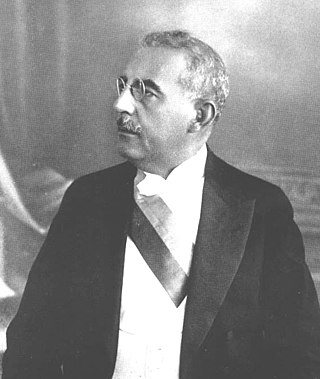
Sténio Joseph Vincent was President of Haiti from November 18, 1930 to May 15, 1941.

The French Community was the constitutional organization set up in October 1958 between France and its remaining African colonies, then in the process of decolonization. It replaced the French Union, which had reorganized the colonial empire in 1946. While the Community remained formally in existence until 1995, when the French Parliament officially abolished it, it had effectively ceased to exist and function by the end of 1960, by which time all the African members had declared their independence and left it.
The Battle of Kahe was fought during the East African Campaign of World War I. It was the last action between German and Entente forces before the German retreat from the Kilimanjaro area. British and South African forces surrounded German positions at Kahe, south of Mount Kilimanjaro. Entente forces inflicted considerable casualties and captured large German artillery pieces but also suffered more casualties in return. German forces retreated from there, further into the interior of the colony.
The Battle of Dodoma was fought during the East African Campaign of World War I.

The Battle of Lukigura was fought during the East African Campaign of World War I.
The Battle of Mlali was fought during the East African Campaign of World War I. In mid-August 1916, the British General Jan Christiaan Smuts led three divisions from Kenya south into the Imperial German colony of Tanganyika to seize and disrupt their vital railway. The German commander Paul von Lettow-Vorbeck was informed by his scouts of the British movement and sent Captain Otto to investigate.
The Battle of Kimbaramba was fought in German East Africa, in 1916, during the East African Campaign of World War I.
The Battle of Kibata was fought north-west from Kilwa during the East African Campaign of World War I. The British theatre commander, South African General Jan Smuts, planned to seize Kibata and prevent German forces from withdrawing southwards.
The Battle of Behobeho was fought during the East African Campaign of World War I.
The Battle of Rumbo was fought during the East African Campaign of World War I.
The Battle of Narungombe was fought between the German Empire and Portugal during the East African Campaign of World War I.

The leaders of the Central Powers of World War I were the political or military figures who commanded or supported the Central Powers.

